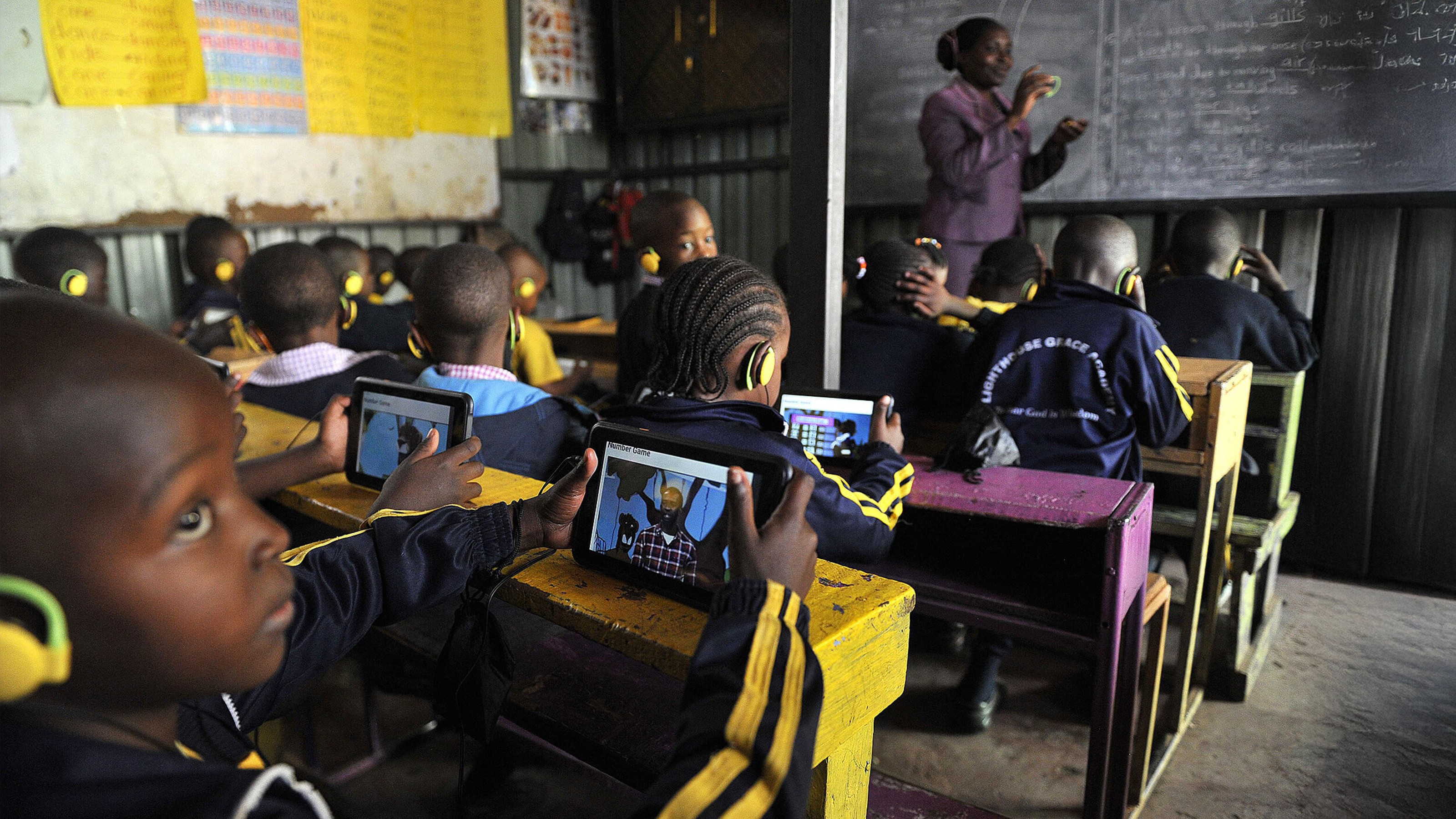Bridging the Gap Between Millennials and Baby Boomers in the Workplace

As more and more Millennials join the modern workforce, businesses are being faced with a new challenge: finding ways to integrate their young Millennial workers with their older, more experienced Baby Boomer counterparts.
Bridging the gap between Millennials and Baby Boomers in the workplace can be an enormous task for any company—but not an insurmountable one by any means.
Recognizing the Differences Between the Two Generations
One of the most important things any effort to integrate Millennials and Baby Boomers in the same workforce needs is a basic recognition of the differences between the two groups. In fact, as highlighted by Patricia Mulligan, the President of Human Capital at Mercer, there is a larger difference in the benefits and workplace environments that Millennials and Baby Boomers look for than there is between workers in different countries.
This is based on a study by Mercer, which stated that “Baby Boomers are defined around the world by a distinctive emphasis on security and the desire to ‘protect health and wealth.’ Millennials, in contrast, are willing to take a risk: they care less about safety than they do about opportunity.”
This highlights a fundamental difference between the two groups that arises from their respective situations growing up. For example, Baby Boomers grew up before the advent of the World Wide Web—Millennials have ingrained it into their cultural identity from a young age. Baby Boomers grew up during a period of mostly strong and steady economic growth. Millennials, on the other hand, have their formative years firmly within the period of the housing market crash.
Additionally, many Millennials have accumulated significant debt in the pursuit of higher education. According to data cited by USA Today, the average debt of a student with a Bachelor’s Degree in 2015 was $30,100 per borrower. This, combined with low wages in many job fields, means Millennials have to struggle with paying off significant debt for many years—which often leaves them too financially unstable to pursue goals such as starting a family, buying a home, or launching a business of their own.
By contrast, Baby Boomers had much lower costs for the higher education needed to get work in their fields. As highlighted in a CNBC article, Harvard University had an annual cost of $2,600 in the fall of 1971. According to the article, “This fall, Harvard’s annual tuition and fees (not including room and board) will set you back $45,278, more than 17 times the 1971-72 cost.” The cost of a college education has far outpaced inflation rates.
In 1971, it would not require nearly as much time and effort to pay off a college education as it does today. As CNBC noted, “In 1971, for example, Harvard’s $2,600 tuition amounted to about 13 weeks’ worth of the median household’s annual income of $10,285. Today, the median household needs to work for almost a year to pay the full sticker price.”
Basically, in the 70s, Baby Boomers could work a part-time job to pay for college and still have seed money for other things. Millennials can’t do that. Given the interest accumulation of college debt, and the need to still pay for rent/mortgage, food, transportation, and other basic needs, Millennials often have to maintain full-time jobs for years to pay off their student loan debt.
This difference in education and debt situations coming out of college may play a major role in the attitudes that Millennials and Baby Boomers have regarding work environments. Since Millennials are already having to deal with significant college debt, they’re more willing to take risks that go against the wisdom of more financially stable Baby Boomers.
Getting to know some of the differences in the attitudes of both generations and their underlying causes could be valuable in learning how to reconcile the different groups with one another.
Using Mentoring to Improve Skills and Deepen Bonds
One of the best ways to bridge gaps between any two groups of employees is to have members of one group act as mentors or partners to the other. As pointed out by research cited in a Big Think article, “people’s stereotypes go away as they get to know people from other groups, especially if they work side by side with them.”
By having Baby Boomers in the organization mentor the younger Millennials, those Baby Boomers will stop seeing the Millennial workers as a preconceived stereotype of a lazy or underachieving kid that threatens their success at work, to seeing the Millennial they mentor as the person they actually are.
In fact, the Millennial may even help the older Baby Boomer learn a thing or two in the process.
Using Diversity Training
Diversity training is more than just training to get people of different religious and ethnic backgrounds to work together—it can also be used to address groups with a large age gap.
That is, using training courses to help employees overcome misconceptions about other groups and to create interpersonal relationships between members of different groups—similar to the effects of mentoring, but on a larger scale.
To maximize the effects of diversity training, be sure to follow a few basic principles:
- Keep Participation Voluntary. Few things kill the effectiveness of diversity training like making it mandatory. As noted in the Big Think article cited above, “Trainers tell us that people often respond to compulsory courses with anger and resistance—and many participants actually report more animosity toward other groups afterward.” By keeping training voluntary, you can avoid this animosity.
- Keep Groups in Close Contact and Working Towards a Shared Goal. As mentioned above, prejudices tend to evaporate when people work closely with one another toward a shared goal. Instead of seeing the other person as a member of a specific group, they see them as an individual.
- Establish Social Accountability. While the training might be optional, you’ll still want to make sure employees are accountable for how they treat one another. Publically sharing data about interactions or group projects can help prevent discriminatory behavior, and even showcase how successful collaborations between Millennial and Baby Boomer workers can be.
By learning the needs of both Baby Boomers and Millennials and making the appropriate accommodations, pairing members of both groups in mentoring relationships, and taking advantage of your diversity training program to address age diversity (as well as other forms of diversity), it is possible to successfully bridge the gap between the two groups.
Of course, Baby Boomers and Millennials aren’t the only generations hard at work in the workforce. There are also Generation X workers who are the intermediaries between the two. Get started on integrating all of the various generations of workers in your workplace today.




